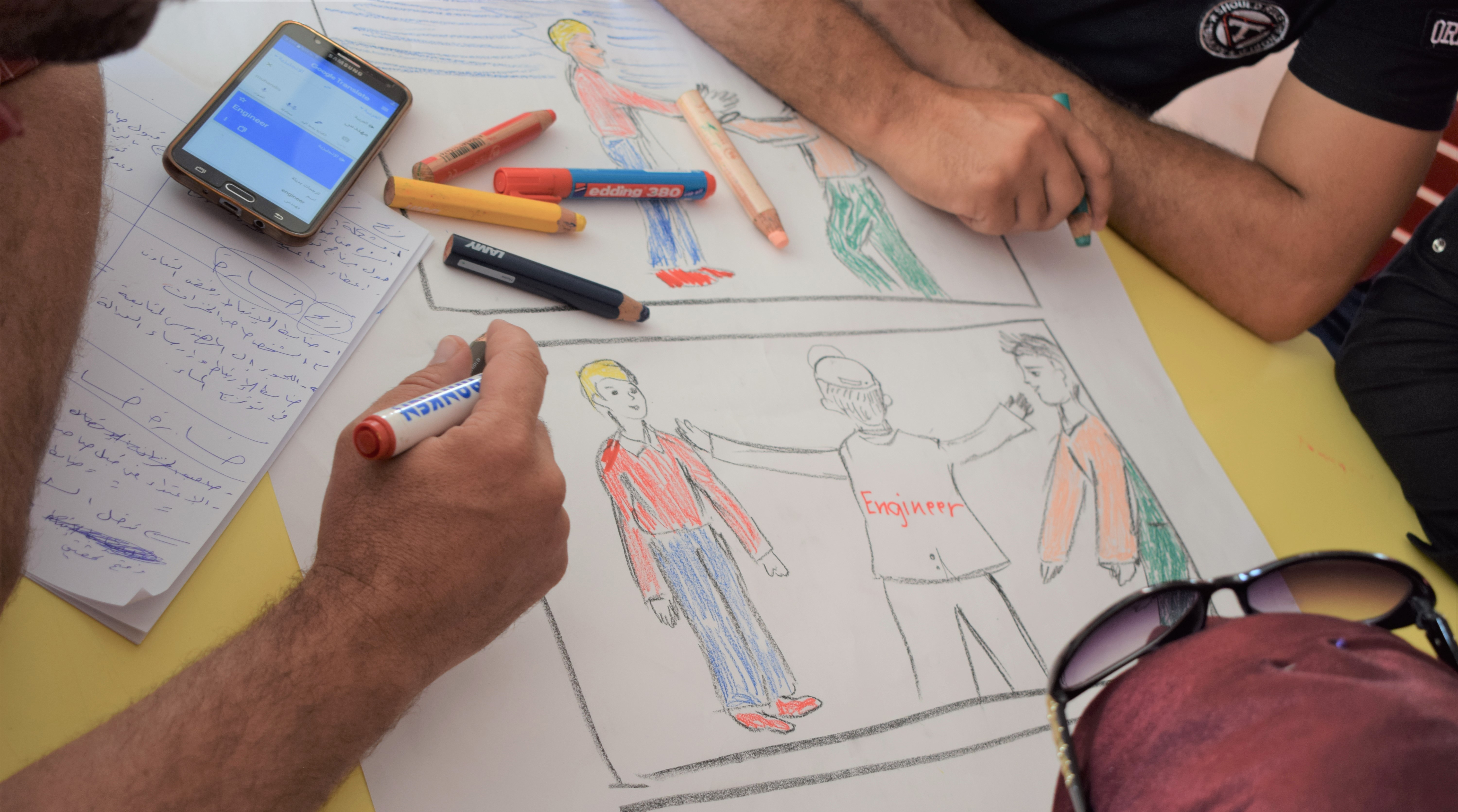For an elaborate version, see: “Refugees as agents for peace. Reflecting on the implementation of peace education formats in Jordanian refugee camps. 2019.
KOFF Joint Learning Process on Peacebuilding & Migration (JLPM)
swisspeace desk study "Migration-Peace nexus"
“At first, I was shy, and I thought that violence has no solution and peace don’t exist.
[…] After some time, I began to accept the ideas and techniques we learned [in the training] and started to use them on my own.
I then discovered how useful they are and how much impact they had on me and on others.
They made me relax and feel at ease.
Therefore, I started to use them at work and at home. [… ]
I concluded that the training is very useful for my surrounding and me,
and that peace and violence are in all of us,
and every human being gets to choose to either
spread peace or violence.
I choose spreading peace by applying what I learned in the future.”
Participant, Berghof Foundation Qualification Course “Building Peace from the Inside Out”, Azraq Camp, 2018
The common portrayal of refugees as passive receivers of aid or even as burden undermines not only their confidence and self-effectiveness, but seriously limits their capacities to contribute to constructive social change and global peacebuilding. Both, the desk study “Peace-Migration Nexus” of swisspeace and KOFF’s Joint Learning Process on Peacebuilding & Migration corroborate, that refugees, IDP’s and migrants have not only skills critical to peacebuilding but can indeed act as agents of change and have a positive influence on peace processes under the right conditions.
The quote above shows that under the right conditions, such as context- and target-group-specific qualification formats, refugees can act as agents of constructive social change. Furthermore, it highlights the potential of peace education as key to valuable contributions to peacebuilding as well as the fact that the time in exile can represent a great opportunity for the refugees to empower themselves.
Working with refugees in Jordanian Camps, we were not only able to witness how seldom the refuges’ wisdom and experiences were seriously taken into consideration, but rather how their creative and constructive engagement was systematically undermined. In contrast, we gained insights on possible developments in a conducive environment.
We, therefore, argue that it is about time to start a discourse, if not a dialogue, in which people, although they are entitled to receive services, retain their agency. The exchange and joined development of peace narratives could constitute an interesting starting point for such a dialogue.
From our work with Syrian refugees in Jordan and underpinned by theoretical background research, we distilled the following chances and challenges:
- Encourage agency as you enter in a direct dialogue with participants/refugees. Address and treat them as full individuals, capable of making their own decisions and show that you take their needs serious as you involve them in joint decision-making processes.
- Dedicate time, space and resources while using dialogue-oriented, participatory approaches, to work actively on trusting relationships, foster cooperation and collaboration among participants and to create a safe and supportive learning environment. Extend this collaborative approach towards partners on all levels, including donors.
- Address direct and indirect violence in a context-, conflict- and trauma-sensitive manner. This also includes discussion on structural violence, which however, create strong dilemmas working in violent structures.
In sum, combining classical peace education methods with modules on interactive theatre, stress relief and resilience, and personal development emphasises social and emotional learning.
However, availability of funding and short funding cycles constitute, a limiting factor from a practitioners’ perspective. They make long-term engagement, which is particularly relevant in protracted refugee situations, as well as large-scale outreach to the target group challenging. The multiple restrictions by e.g. host governments supervising learning content or strictly monitoring camp access constitute an additional limit for peace education programming in refugee camps. Close cooperation with local partners is thus crucial.
Lastly, the structures of refugee reception, if not the whole refugee governance regime being often characterised by direct, cultural, and especially structural violence pose a big challenge to the impact, sustainability and credibility of peace education programs in refugee camp settings. Overcoming those limitations and challenges will require further research as well as joint efforts by the international community, host governments and practitioners in the field.


